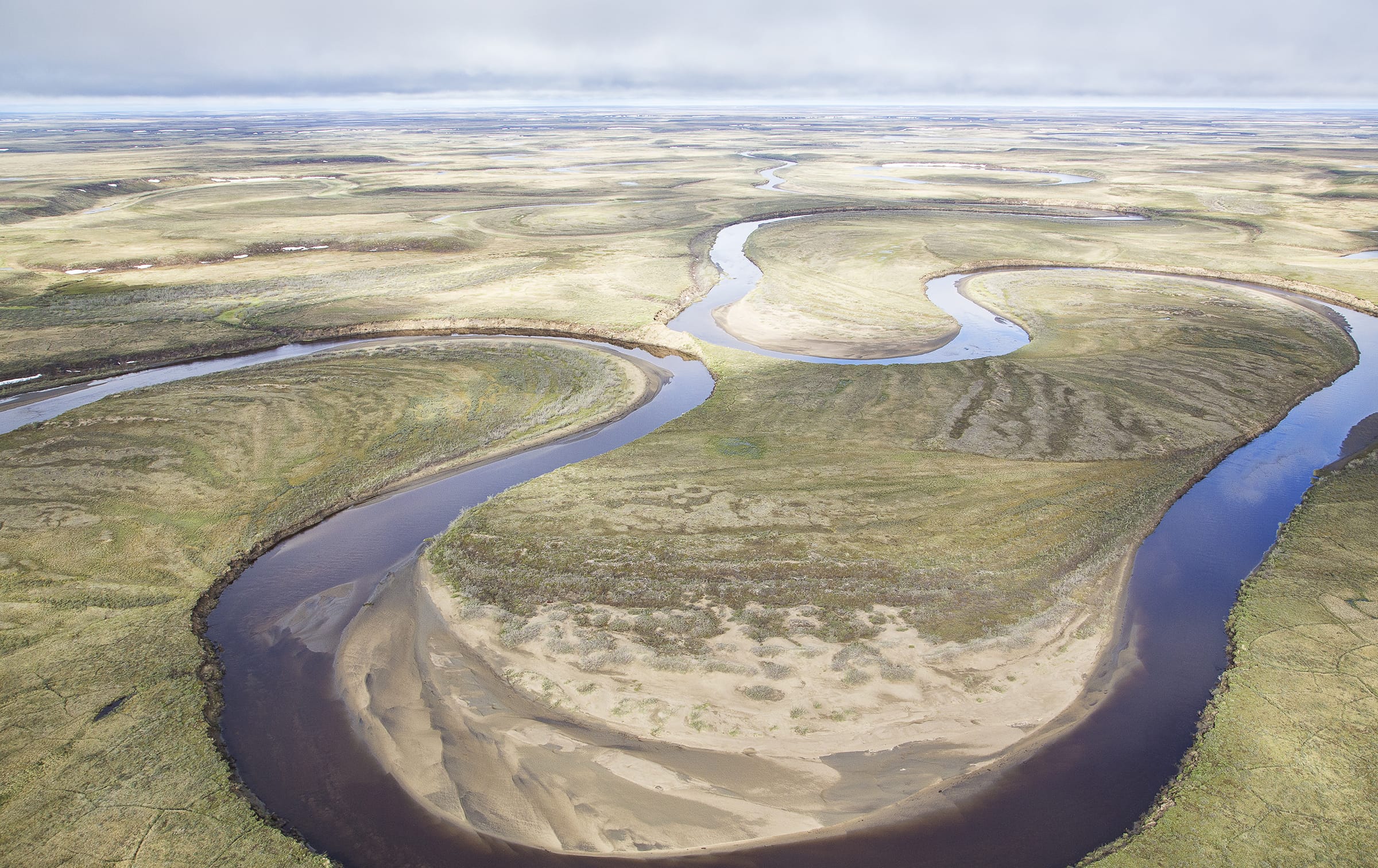The opportunity to protect a vast swath of public land does not come around often.
This September, the Biden Administration announced a rulemaking to protect 13 million acres of public land from oil and gas leasing within the National Petroleum Reserve – Alaska (NPR-A).
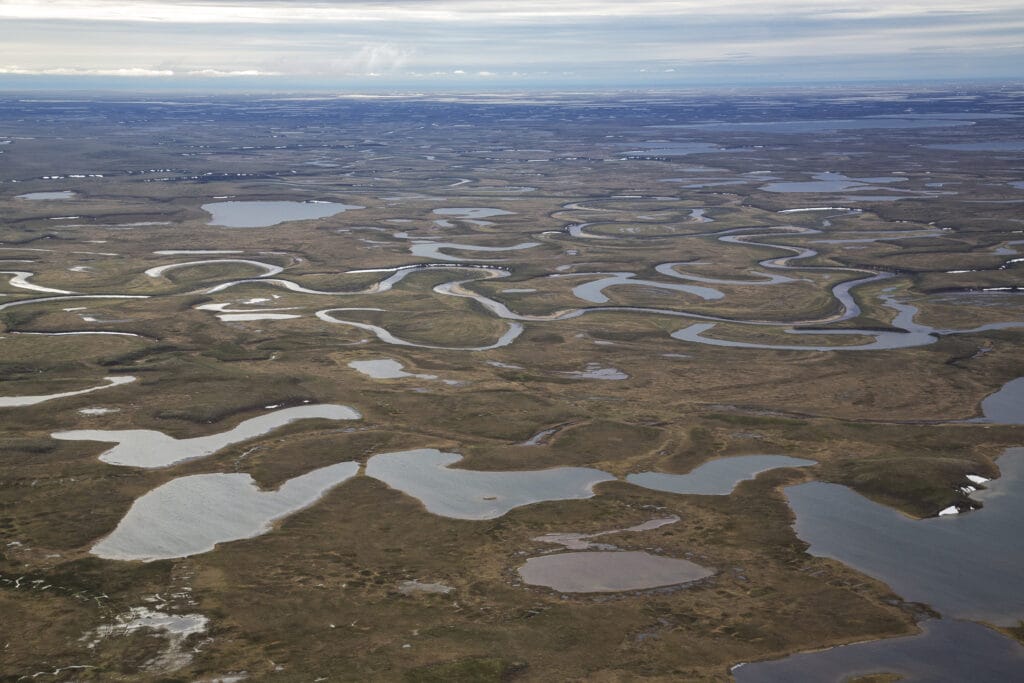
Protection of Special Areas
The 23.5-million-acre Reserve located on Alaska’s North Slope is the largest block of federal land in the country. The Reserve was established in 1923 and management was transferred from the United States Navy to the Department of the Interior (DOI) in 1976 under the Naval Petroleum Reserves Production Act (NPRPA).
The NPRPA directed DOI to balance oil and gas development with the management and protection of sensitive landscapes – known as Special Areas. The Secretary of the Interior was tasked with identifying areas in the Reserve “containing any significant subsistence, recreational, fish and wildlife, historical, or scenic value.” Oil and gas exploration in those areas was ordered to be conducted in a way that assured maximum protection for those significant values while also meeting the requirements of exploration in the Reserve.
The NPR-A contains five Special Areas: Teshekpuk Lake, Utukok River Uplands, Colville River, Kasegaluk Lagoon, and Peard Bay. While each area is unique in its values, all five are collectively known for their globally significant amounts of intact fish and wildlife habitat.
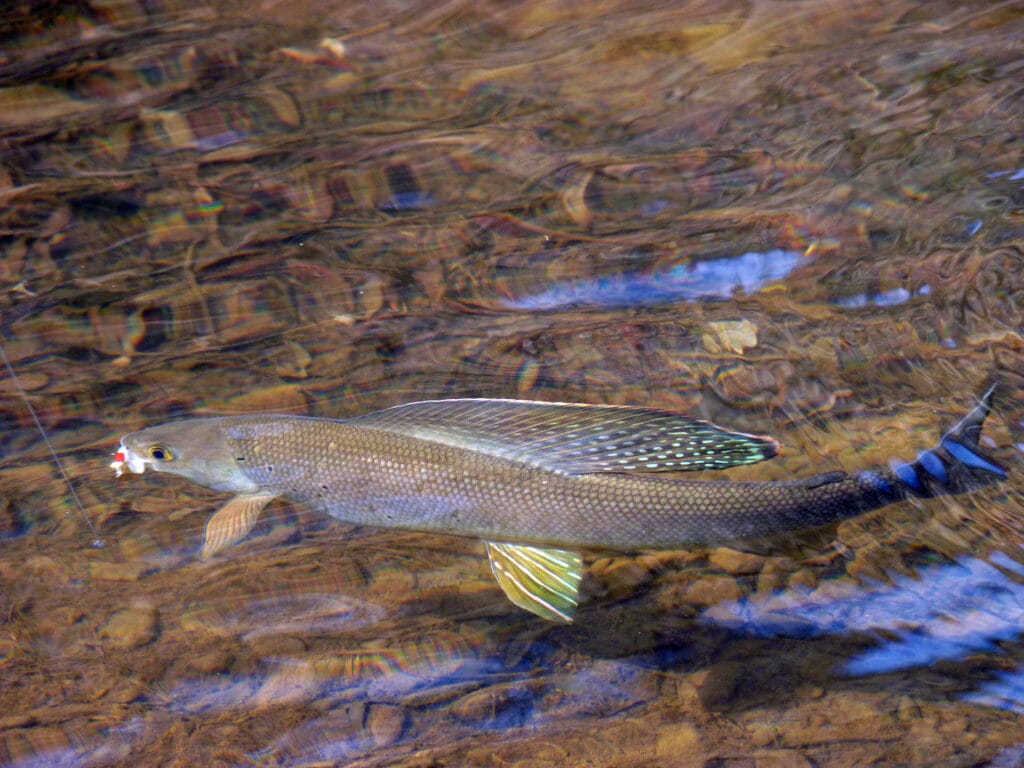
The Frontline of the Climate Crisis
The Arctic has been hit hard by the effects of climate change and continues to warm at a rate that is twice as fast as the global average. From melting ice causing sea level rise to more frequent storms hammering coastlines, the region is experiencing some of the worst impacts from the climate crisis.
By protecting the Reserve’s Special Areas, the Biden Administration takes another step to mitigate the impacts of climate change and make our lands and waters, communities and fish populations more resilient. These safeguards will help the United States reach the President’s goal of conserving 30% of lands and waters by 2030 (30X30).
Reaching the 30X30 goal would protect habitat for at-risk fish and wildlife, sequester and store significant amounts of carbon and help ensure that global temperatures do not reach higher than 2.7°F above pre-industrial levels. This maximum temperature is a tipping point that, once exceeded, would initiate the unraveling of ecosystems and more frequent, extreme weather events.
To Learn More:
The Special Areas contain over 37,000 miles of coldwater streams and roughly 1.1 million acres of lakes and ponds. These Areas also store 756.6 tonnes of carbon per hectare – approximately double that of the Amazon ecoregion which stores 345.8 tonnes of carbon per hectare. Safeguarding the Special Areas helps to ensure those carbon storage processes will remain intact.
Fish and Wildlife in the Reserve
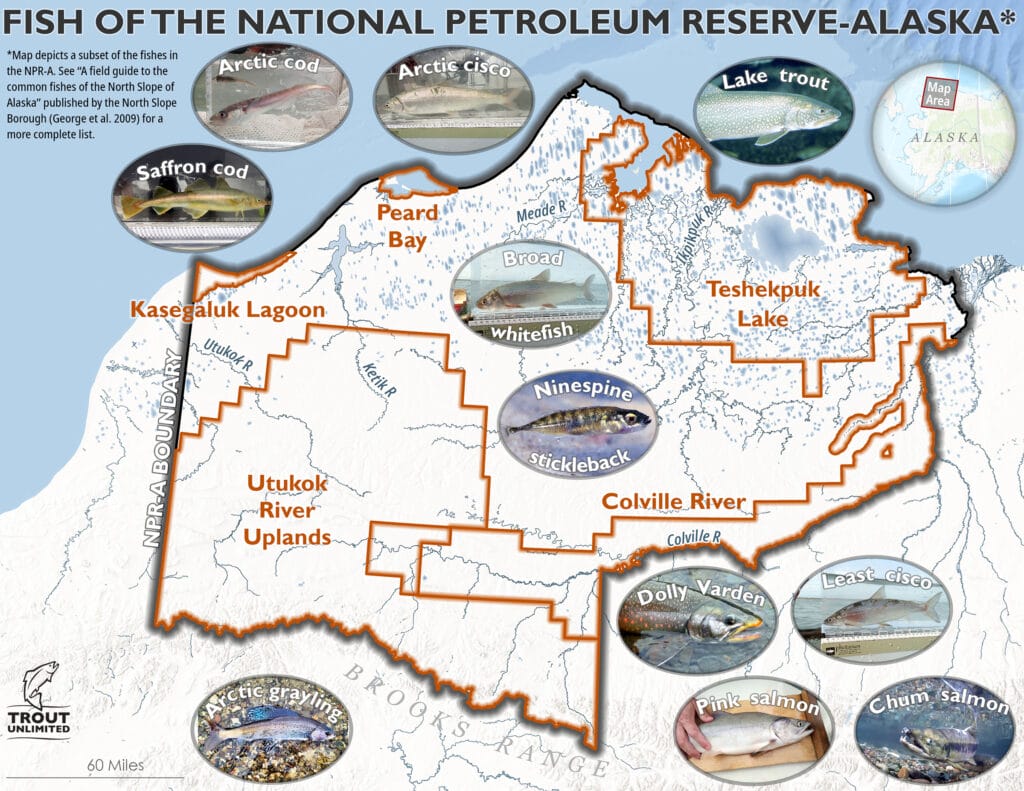
The region is well known for its incredible wildlife including polar bears, moose and the Teshekpuk and Western Arctic Caribou Herds which contain over 200,000 caribou. Many of the Special Areas serve as nesting grounds for hundreds of thousands of birds that migrate to the region each year. The Reserve also hosts numerous species of anadromous and freshwater fish including Dolly Varden, Arctic graying, whitefish, cisco, Ninespine stickleback and lake trout, which is the largest freshwater fish in Alaska.
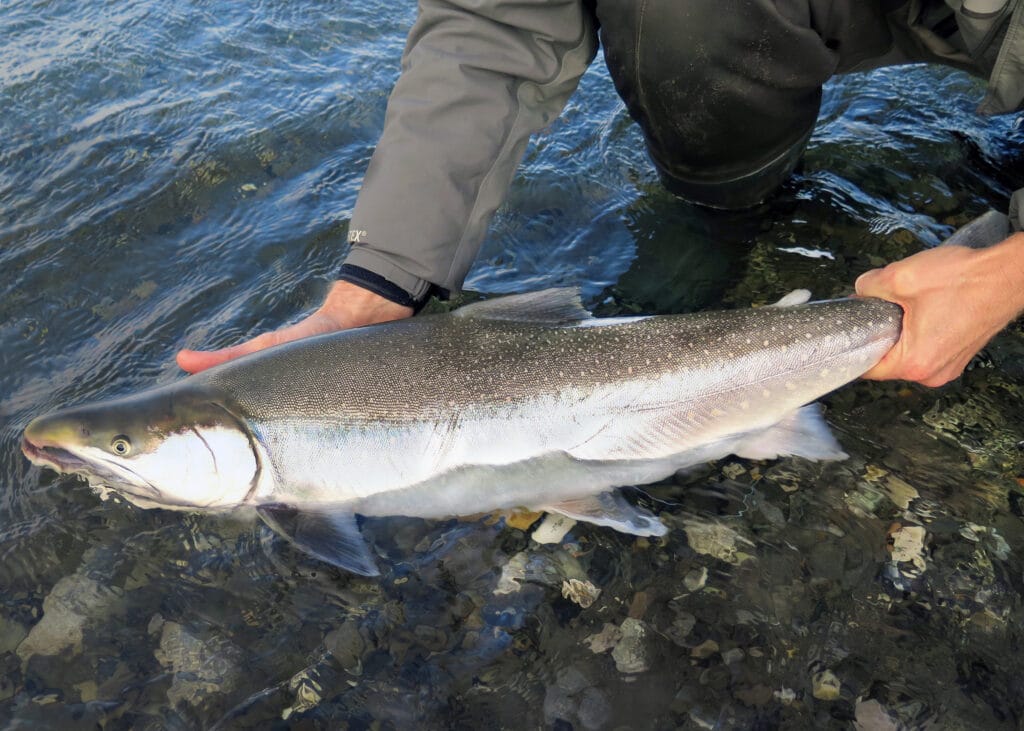
Salmon are newcomers to the Reserve. Adult pink and chum salmon have been observed in rivers in the western portion of the NPR-A for many years, but it was only in 2017 that a juvenile chum salmon was encountered by scientists – a concrete sign that salmon were successfully reproducing there.
As Alaska continues to experience the effects of climate change, ocean conditions in the Arctic will continue to become more favorable for salmon and species may establish or increase spawning populations in the Reserve, particularly as their existing habitat further south becomes unsuitable.
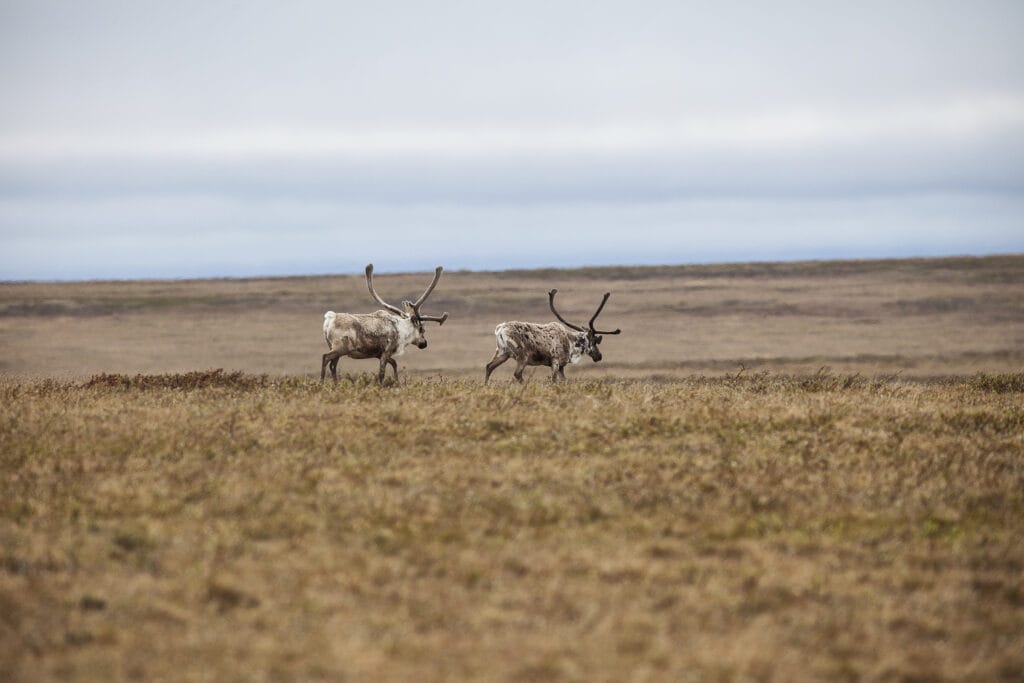
Biden’s Plan for Protections
The Administration’s proposed rule would protect fish and wildlife through establishment of clear guidelines consistent with the current Bureau of Land Management plan, the NPR-A Integrated Activity Plan. This management plan was established in 2022 to better conserve fish and wildlife habitat in the area.
The rule would prohibit any new oil and gas leasing on 10.6 million acres of important fish and wildlife habitat and require that the landscapes remain protected so long as the Special Areas’ values and characteristics are present.
With the increasing challenges facing fish and wildlife due to climate change, we need to look at all our options for maintaining ecosystem function and resiliency. Conserving large tracts of high-value fish and wildlife habitat, that also help mitigate the impacts of climate change, is an essential piece of the puzzle.



